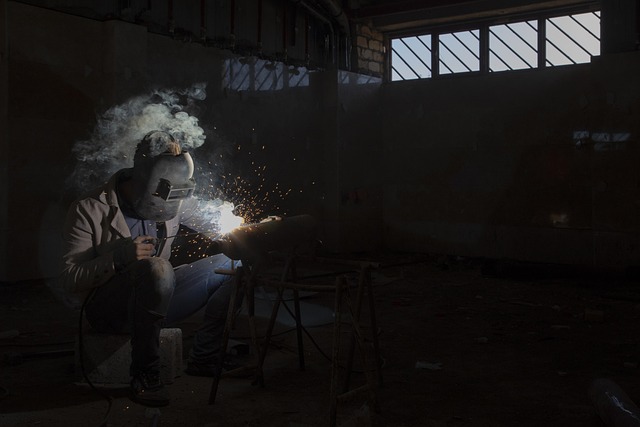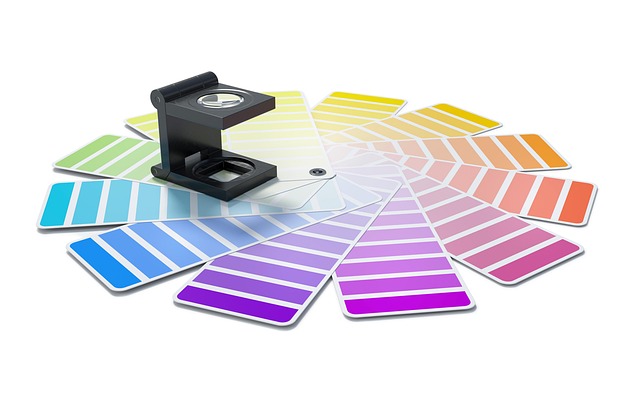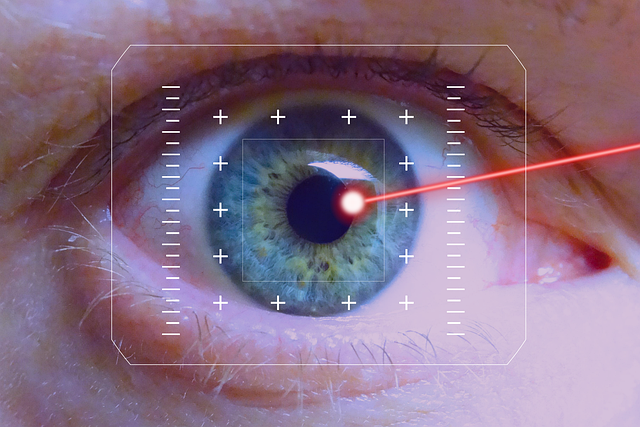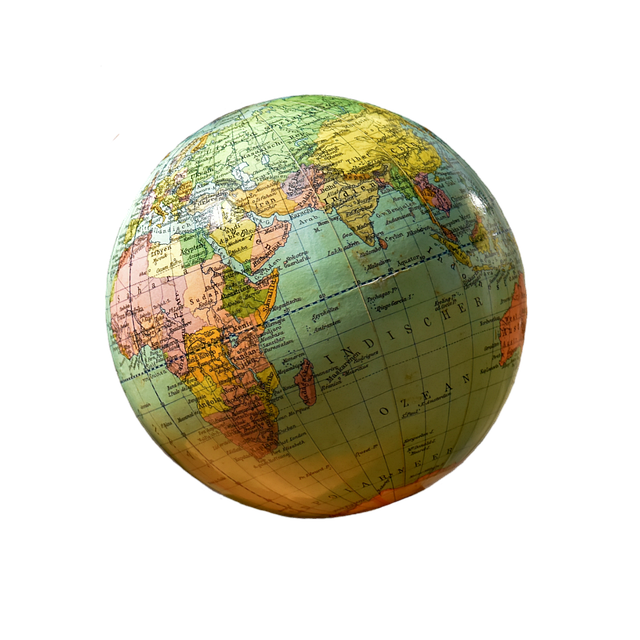Exploring the Art of Manual Image Creation in Photography: A Design Perspective
Photography is often viewed through the lens of technology. Yet, at its core, it remains a deeply artistic endeavor that invites the photographer and the viewer alike to engage with a world defined by light, shadow, and form. When we talk about manual image creation in photography, we are not merely discussing technical settings. We are exploring the intimate dance between art and design.
The Art of Photography
Photography as an art form goes beyond the mere act of capturing moments. It is about expressing emotions, telling stories, and revealing truths hidden in the everyday. Each click of the shutter offers an opportunity to translate a personal perspective into a visual narrative. This is where the essence of manual image creation shines. When you step away from automatic settings and immerse yourself in manual control, you begin to cultivate a relationship with your subjects that transcends the superficial.
By manually adjusting exposure, aperture, and shutter speed, you unlock the potential to evoke feelings in your photographs. The grain of a low-light image, the clarity of a well-balanced exposure, and the depth of field can all be adjusted to enhance what you wish to convey. Here, the role of the artist becomes paramount; every decision made in the manual settings is a brushstroke on the canvas of your photograph.
Design Principles in Manual Images
When creating a manual image, design principles are as vital as artistic intuition. A well-composed photograph considers elements such as balance, contrast, and focal points. These principles guide photographers in crafting images that are not only visually appealing but also resonate deeply with viewers. For instance, mastering the rule of thirds can lead you to place subjects in a manner that draws the viewer’s eye through the frame, making the composition feel more dynamic and engaging.
Furthermore, color theory plays a significant role in manual photography. Understanding how colors interact allows photographers to create mood and atmosphere. For instance, a warm color palette can evoke feelings of comfort and nostalgia, while cooler tones often convey calm or melancholy. As artists, photographers are tasked with choosing their palette thoughtfully, whether through natural lighting or post-processing techniques. The design becomes an emotional language that communicates with those who experience the final image.
Connecting with the Subject
Manual image creation also encourages a deeper connection between the photographer and the subject. When you take control over the technical aspects of your shot, you start to see your environment from a fresh perspective. This mindfulness can transform the mundane into the extraordinary. By paying attention to details that might typically go unnoticed, artisans can elevate their work to something more impactful and relatable.
As you explore different subjects—be it landscapes, portraits, or street photography—every frame becomes an opportunity to express individuality and vision. When you engage with the art and design elements of manual image creation, you are participating in an age-old tradition of storytelling through visual mediums, rooted in personal experience and artistic sensibility.
In a world saturated with instant gratification from filters and automatic settings, the richness of manual image creation calls upon photographers to be more intentional, thoughtful, and creative. It champions the idea that each photograph is more than just a picture; it’s a crafted piece of art that reflects not only the subject but the soul of the creator.
As you embark on your journey in manual photography, let the art and design principles guide your creative choices, and allow your passion to illuminate your path. Every click, every frame is a chance to explore, express, and connect, enriching both your experience as a photographer and the world you capture.




